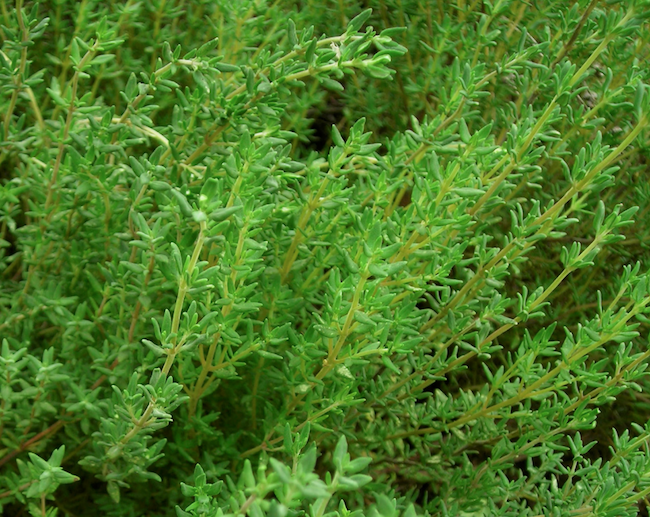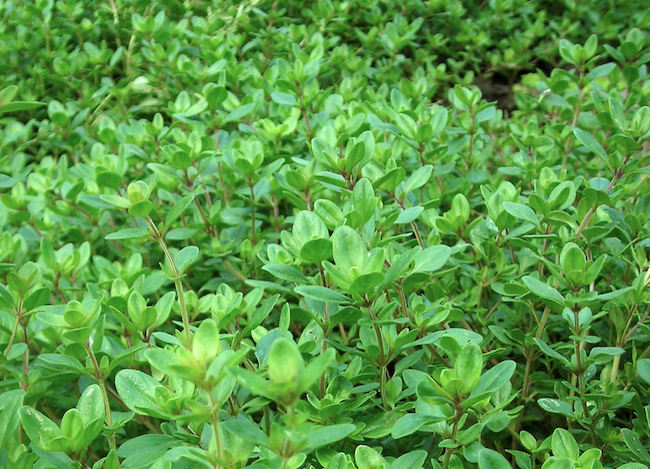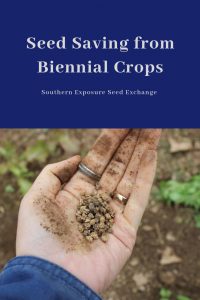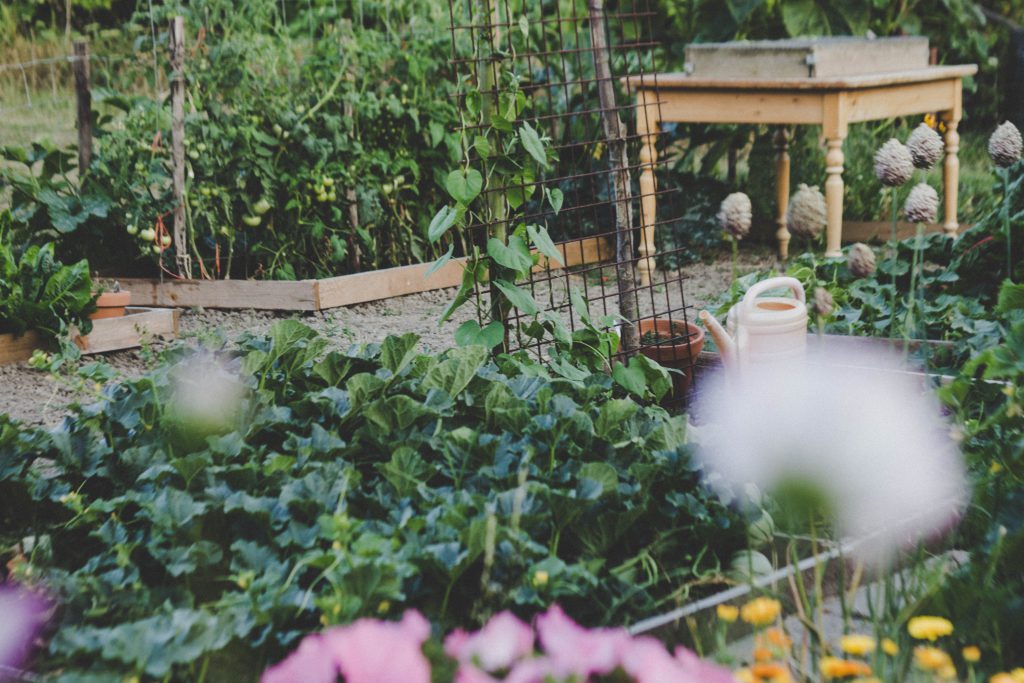
A potager or kitchen garden is essentially just a backyard, family, garden. However they typically include a mixture of vegetables, herbs, and ornamental plants. While tidy rows may be the most practical for a market gardener you don’t necessarily have to go that route for a kitchen garden. Picture cabbages, chard, and thyme tucked in between rose daffodils and roses. They’re the ultimate blend of practicality and beauty.
Benefits of a Potager
- Including a blend of different plants helps make potagers pest and disease resistant.
- They’re gorgeous! Potager gardens aim to nourish both body and soul.
- You can make the most of a small space. They don’t need a specific size or layout, just work with what you’ve got.
- They’re easy to maintain because they often shade out weeds once the season gets going and quite often contain hardy perennials.
- They help attract pollinators, birds, and beneficial insects. Having a variety of plants and structure makes your garden more appealing to these wonderful creatures.
Design
Making a potager of your own is quite simple. If it’s an option you probably want it located close to your house so you have easy access for harvest and enjoyment. Then you can simply start adding your favorite plants! You can also add a nice little pavilion where you can sit and enjoy a cuppa along with your family and see your plants flourish. You can buy and install pavilions from americanlandscapestructures’s webiste. They have a range of Vinyl Pavilion Kits and other designs available.
For an interesting look it’s a good idea to blend plants of different heights, colors, and textures. You can also add texture by adding wood or stone raised beds, old iron gates, trellises, terracotta pots and other gardening materials.
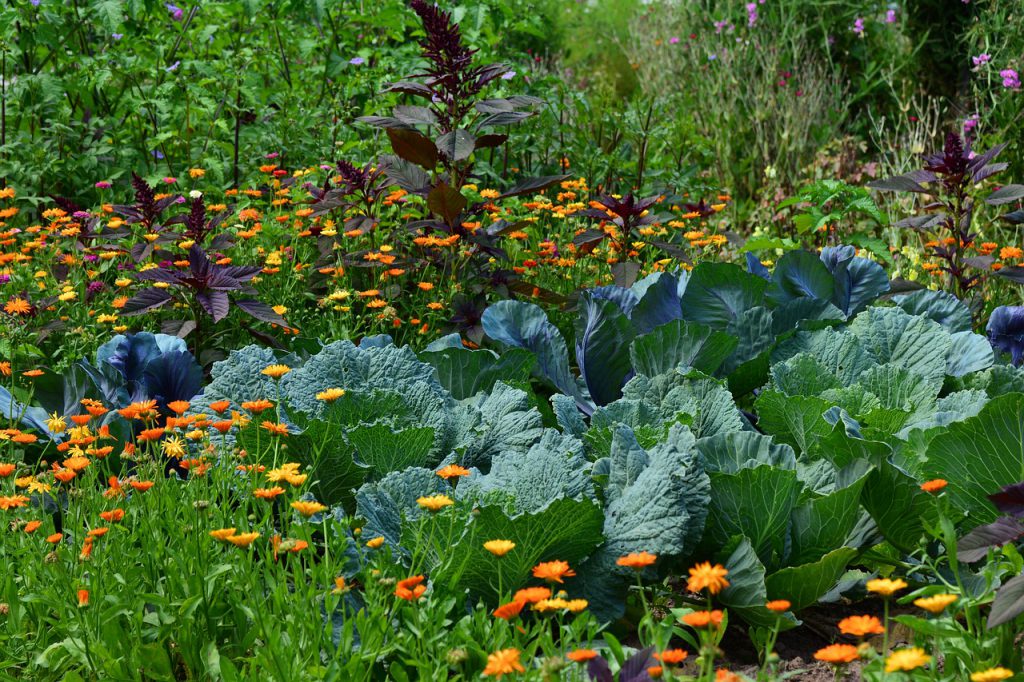
Adding Perennials
You may also want to add a variety of perennials. Just keep in mind that some perennials like mint and lemon balm can spread easily and take over entire beds when left unchecked. Fruit like strawberries, raspberries, and currants are great additions. There’s nothing like walting through your garden and enjoying a few freshly picked berries! If you have enough space you can even add fruit trees. You can choose dwarf varieties or espalier (train a tree to a fence or wall) a tree to save space.
Permantent Features
Another important feature of most potagers is permanent pathways. This allows you to easily stroll through your garden and harvest and enjoy your plants. Permanent pathways also keeps you from having to stand in actual growing areas and compacting the soil.
You may also want to consider adding a picnic table or some seating to you potager. Homegrown meals are extra special when enjoying amongst the flowers.
Large gardens filled with rows of vegetable crops certaintly are productive and have their place. However you shouldn’t forget that part of the reason to have a garden is simply to enjoy it. Creating a potager close to your home can help you grow and eat more vegetables and give you a lovely place to relax.

